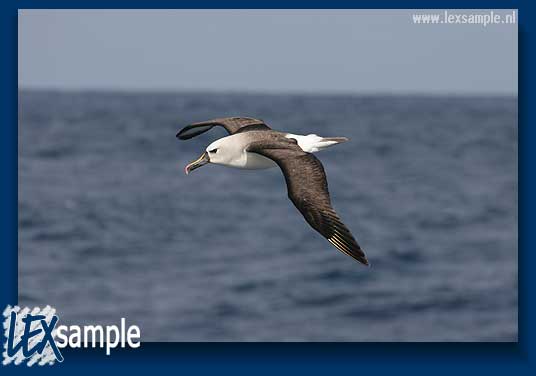 |
Atlantic Yellow-nosed Albatross (Thalassarche chlororhynchos) continue to accompany our ship for a couple of more days after we depart from Tristan da Cunha.
|
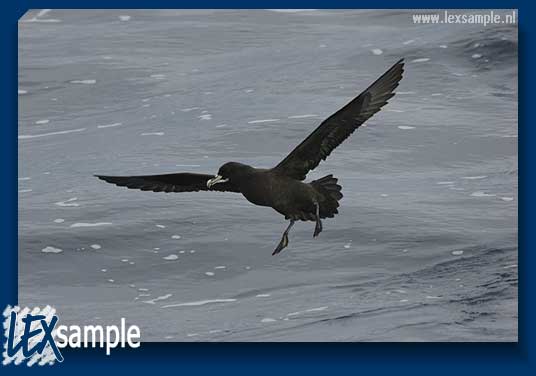 |
| A White-chinned Petrel (Procellaria aequinoctialis) lands on the waves. |
 |
Every now and then small groups of White-chinned Petrels gather together sitting on the waves, where they will often make this funny sound which can be heard here with some background noise from the ship's engine.
|
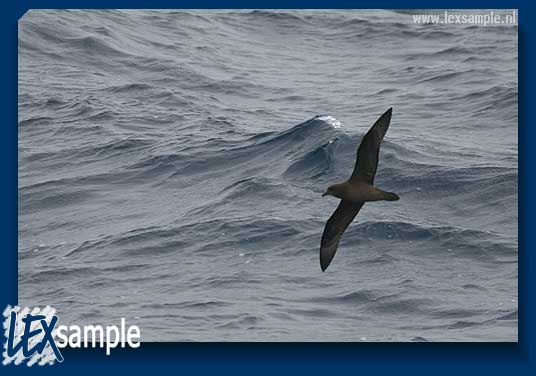 |
The Great-winged Petrel (Pterodroma macroptera) is a fairly large and dull coloured petrel that does not get too close to vessels.
|
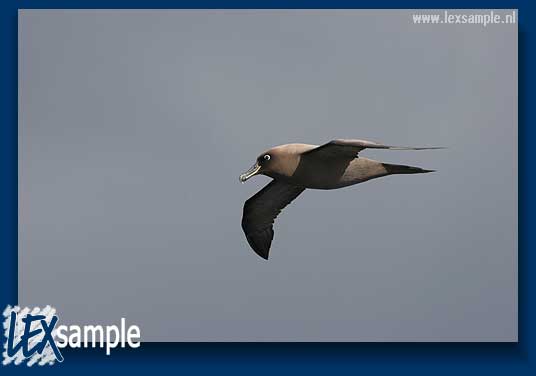 |
A Sooty Albatross (Phoebetria fusca).
|
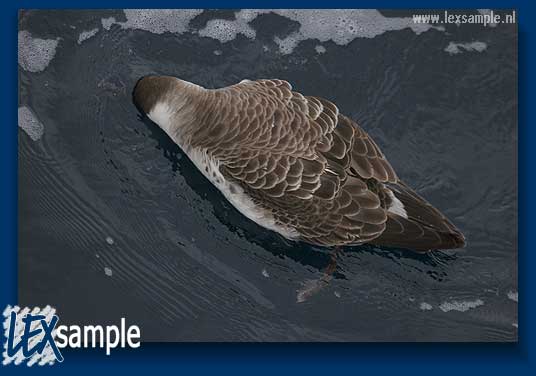 |
| A Great Shearwater (Puffinus gravis) searches under the water surface for small fish and squid. |
 |
Great Shearwaters normally do not make any sound at all when in flight. This recording was made while food was being thrown overboard; it seems as though they are telling each other to back off. You can also hear the flapping of their wings as they lift up and land again behind the ship.
|
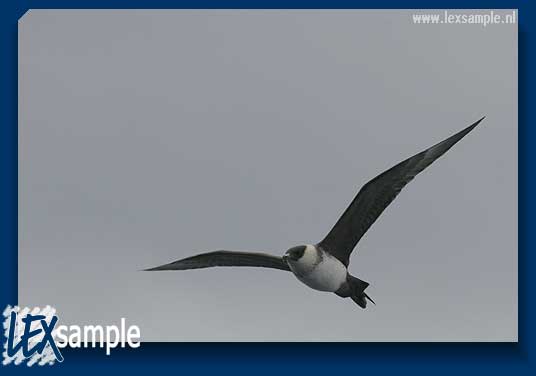 |
In Spring Pomarine Jaegers (Stercorarius pomarinus) migrate from the far South back to the Northern hemisphere - an impressive distance for sure.
|
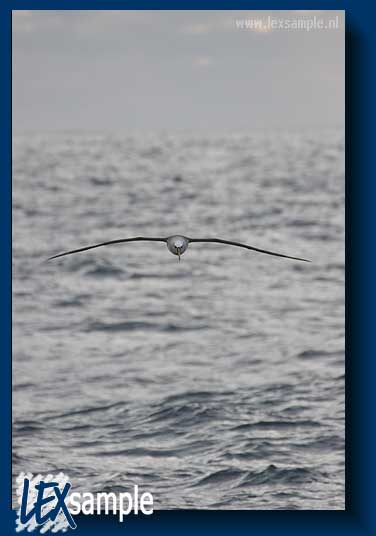 |
| A Yellow-nosed Albatross (Thalassarche chlororhynchos) in full symmetry. |
Download this wallpaper as a background for your computer. It's also available as a postcard. For more information, view the catalogue (opens in new window).
|
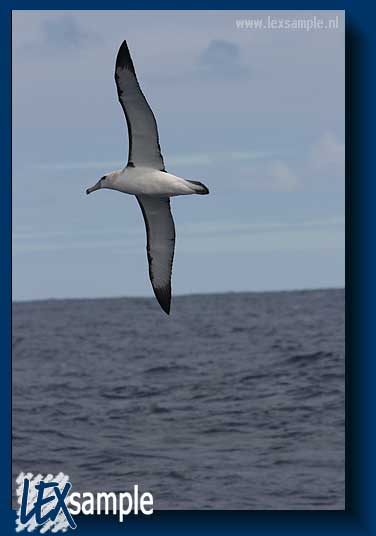 |
Shy Albatrosses (Thalassarche cauta) breed near Australia and New Zealand. The species can be identified by the black spot on the axillaries.
|
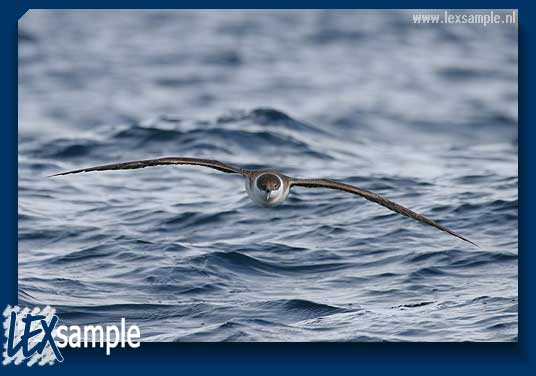 |
Great Shearwaters are constantly flying around the ship. The birds often fly in groups over the ocean.
|
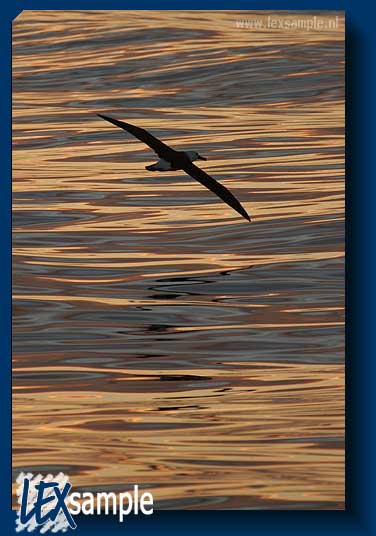 |
Sometimes the sea would be very calm; the ship would only move in one direction and occasionally an albatross would glide across the surface.
|
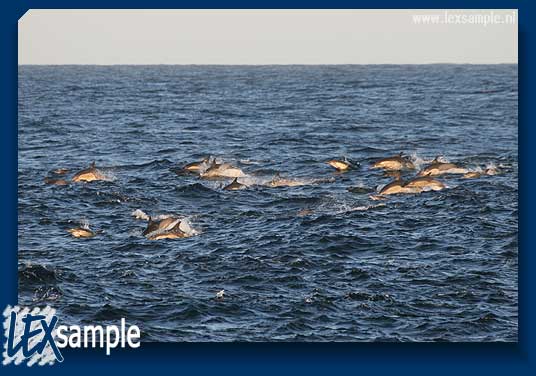 |
Hundereds of Common Dolphins (Delphinus capensis) greet our ship near Cape of Good Hope.
|
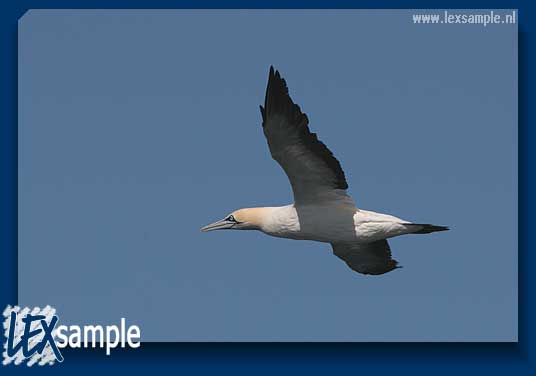 |
Cape Gannets (Morus capensis) tell us we are in the coastal waters of South Africa, and they replace the Albatrosses and Petrels.
|

























 Back to the introduction
Back to the introduction